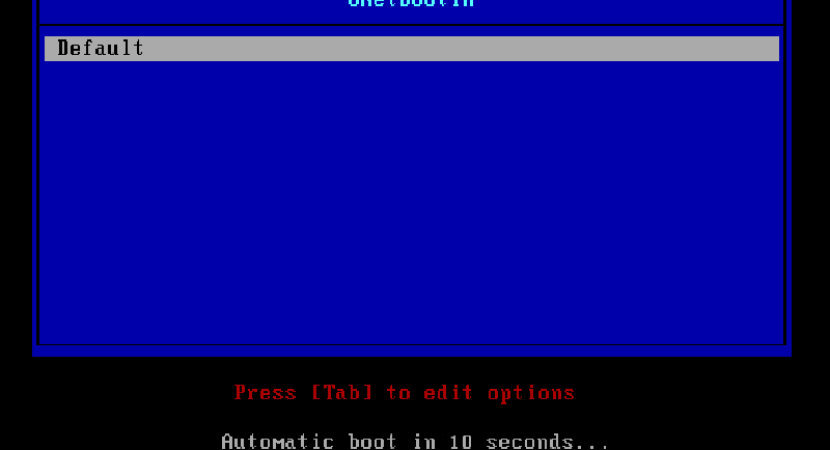

- #Similar to unetbootin install#
- #Similar to unetbootin update#
- #Similar to unetbootin full#
- #Similar to unetbootin software#
- #Similar to unetbootin free#
Windows includes a "type 1" hypervisor called Hyper-V to run virtualization directly on your device hardware.There are also "type 2" hypervisors that run on top of the operating system, like VirtualBox or VMware. Learn more about the architecture, workflow, and considerations to Run a Linux VM on Azure.Ĭreating a VM on your local machine requires virtualization using a hypervisor. Larger businesses with more complex needs often choose to run Linux VMs on Azure for its scalability, control and abundance of features. This can be convenient if you need to quickly provision a new VM or need to run a workload that requires more computing resources than your local computer can provide. You are essentially renting computing resources from Microsoft and using them to run the VM.
#Similar to unetbootin software#
You can create a virtual machine on a cloud service like Azure or on your local machine, using virtualization software (otherwise known as a hypervisor).Ĭreating a VM on Azure means that it's hosted in the cloud, on Microsoft's servers. While running a Linux distribution on WSL has slightly faster performance, a Linux VM is easier to clone or migrate.
#Similar to unetbootin free#
Like with WSL, you can create VM instances of as many different Linux distributions as you'd like, running them in an isolated environment, free from any conflicts and great for software development testing.
#Similar to unetbootin install#
Once you choose a Linux distribution or opt to use the default Ubuntu distro, follow the instructions to Use the install Linux command with Windows Subsystem for Linux or learn more in the WSL documentation.Īvailable to everyone regardless if you're using a Windows or MacOS-based machine, but will require either an Azure account, if creating a VM in the cloud, or virtualization software, if creating a VM directly on your machine (locally).Ī VM is a digital version of a physical computer and is a popular option for running Linux in environments that may require you to scale the level of hardware support (Memory and processing power required) and the level of Security (antimalware, encryption, backups, policy management, etc). This method of running Linux is highly efficient and performant. A Linux file system hosts your project files, while a separate Windows file systems hosts any developer tools, such as VS Code, that you'd like to work on the files with.

You can also mix and match Bash and PowerShell commands in the same command line. You can add as many different Linux distributions as you please and run your favorite Linux tools, including GUI apps, alongside your favorite Windows tools. This method uses virtualization to integrate the Windows operating system (OS) with the Linux OS (running on an actual Linux kernel). Just run the Linux install command: wsl -install to install the Ubuntu distribution. Windows Subsystem for Linux (WSL)Īvailable to those with a Windows machine, this is the most simple way to install Linux.
#Similar to unetbootin full#
Only want to run Linux as your primary operating system? If you are good with a slightly more complicated install process and don't need access to Windows tools (like Outlook, Teams, Word, PowerPoint, etc), you can run Linux on bare metal to access the full potential of your hardware without any overhead from virtualization or emulation.This also applies if you want to run Linux as a server. Work in a business environment with more complex needs related to scale or security? We recommend running Linux as a Virtual Machine (VM) in the cloud and checking out the support that Azure has to offer.New to using Linux? We recommend starting with Windows Subsystem for Linux (WSL) as it's the easiest way to get up and running.The choice of which method to use for installing Linux depends on your needs and preferences. Step 1 - Choose a method to install Linux
#Similar to unetbootin update#


 0 kommentar(er)
0 kommentar(er)
